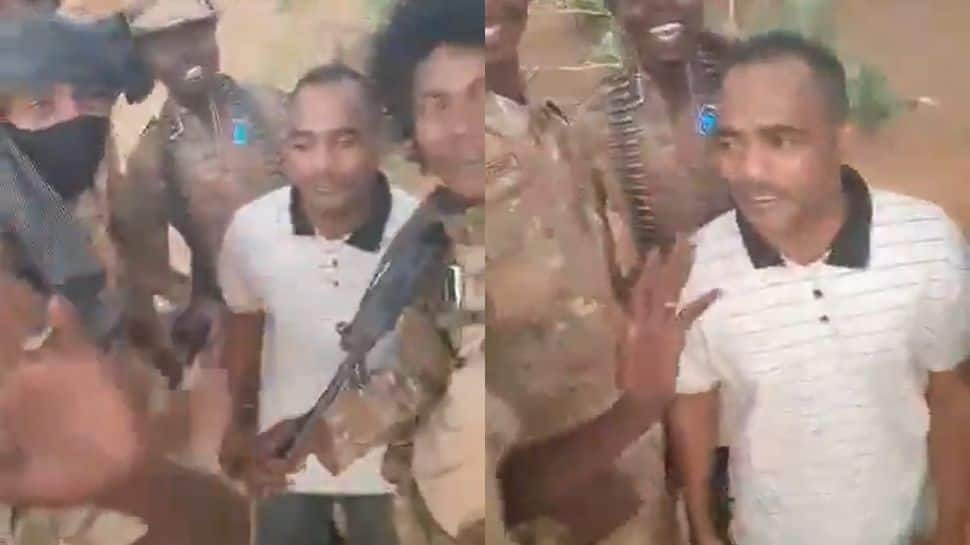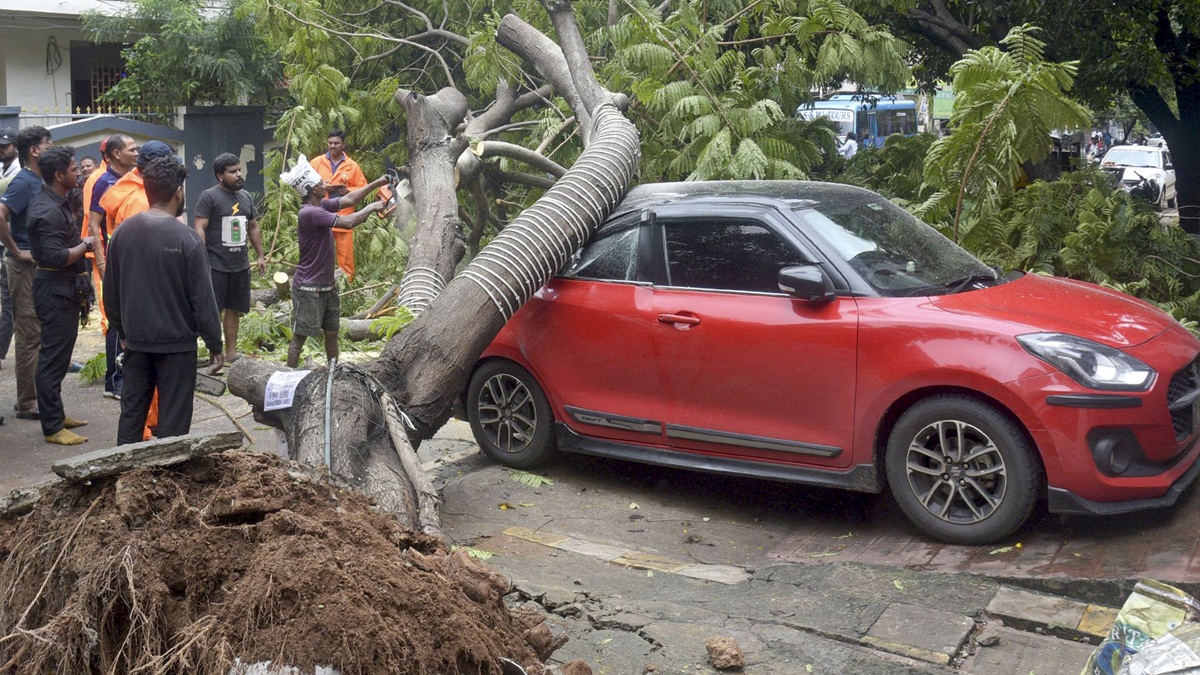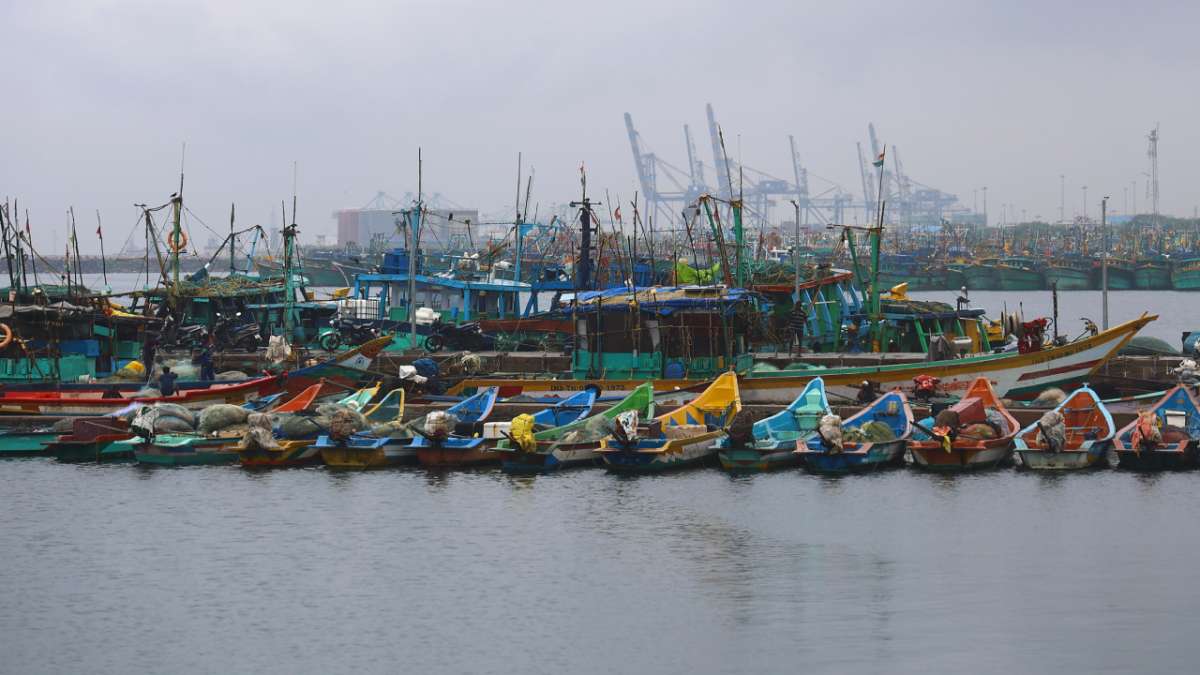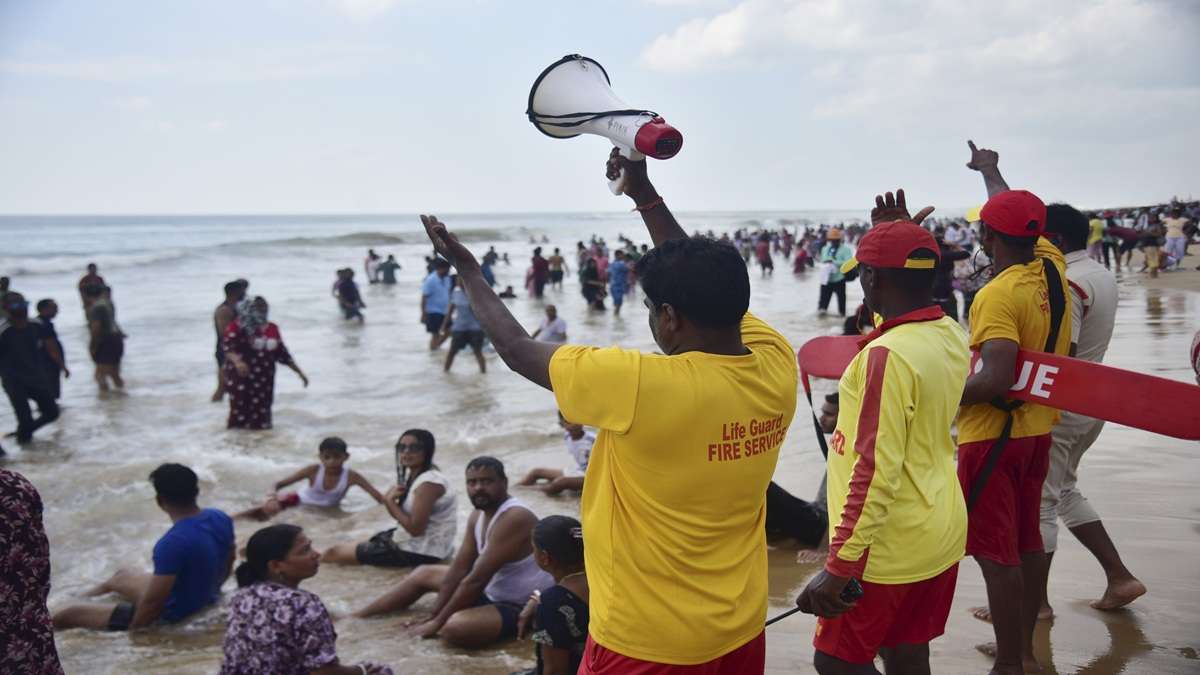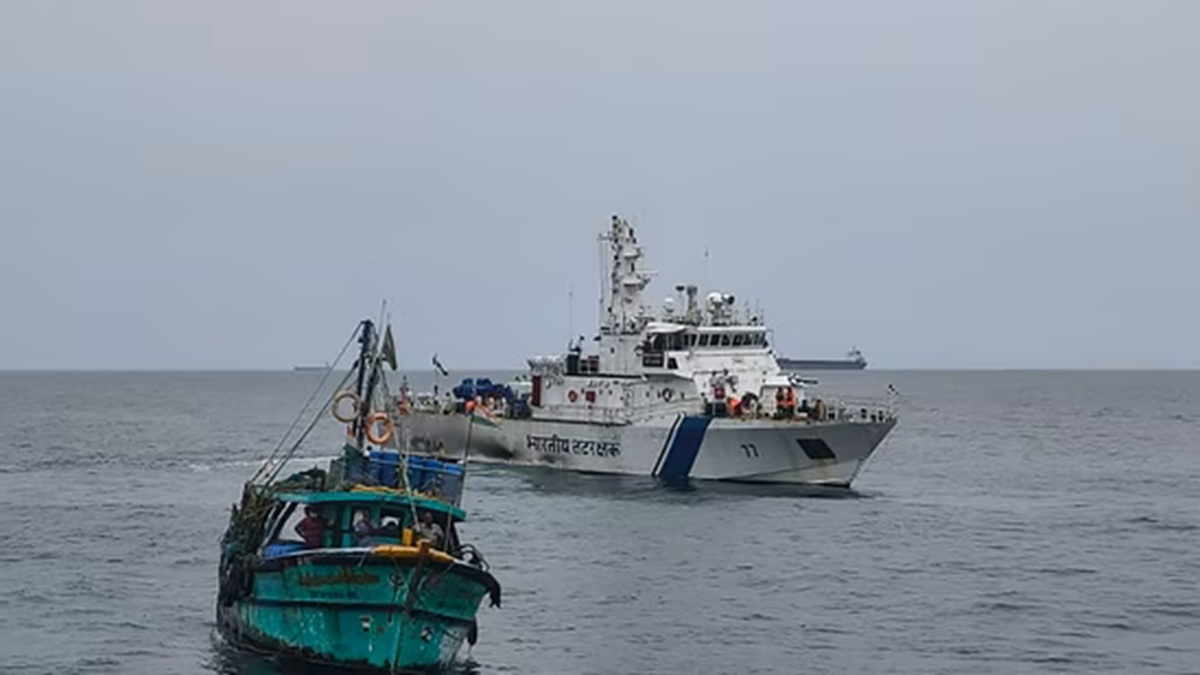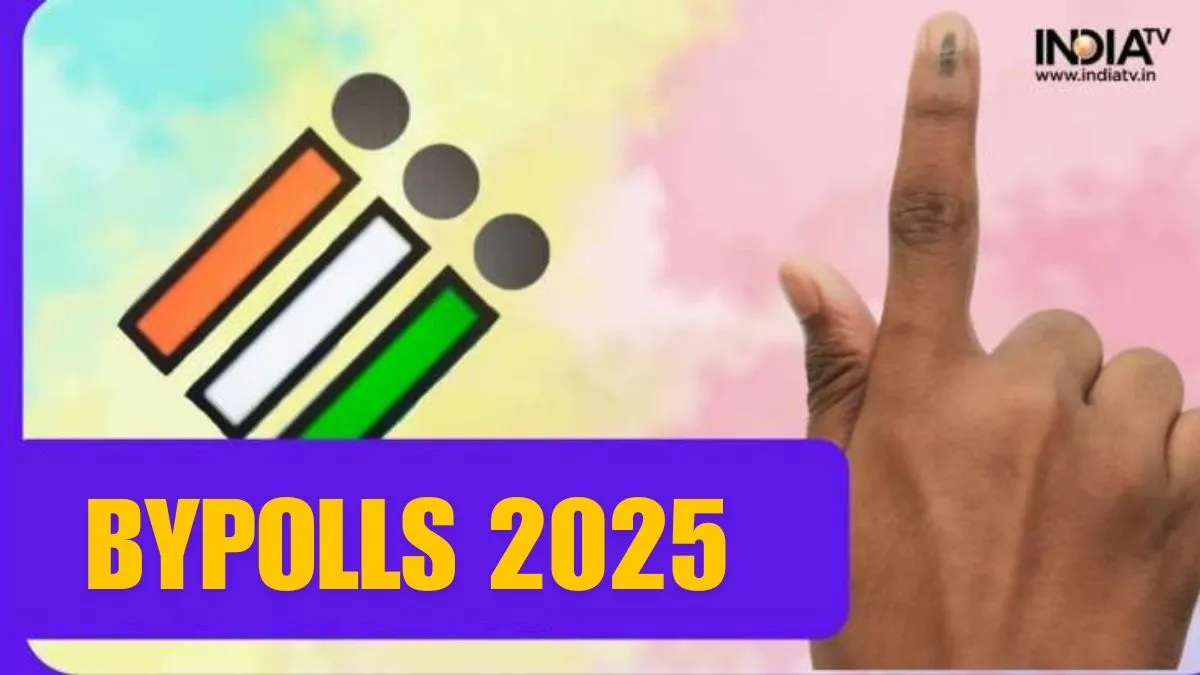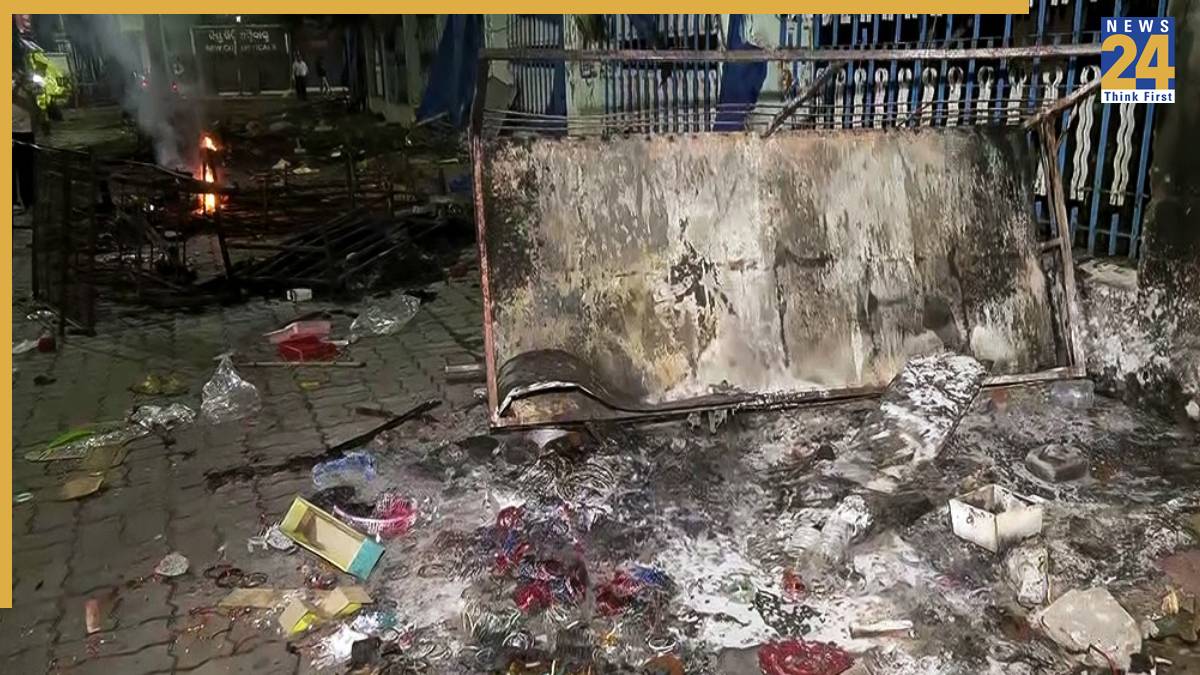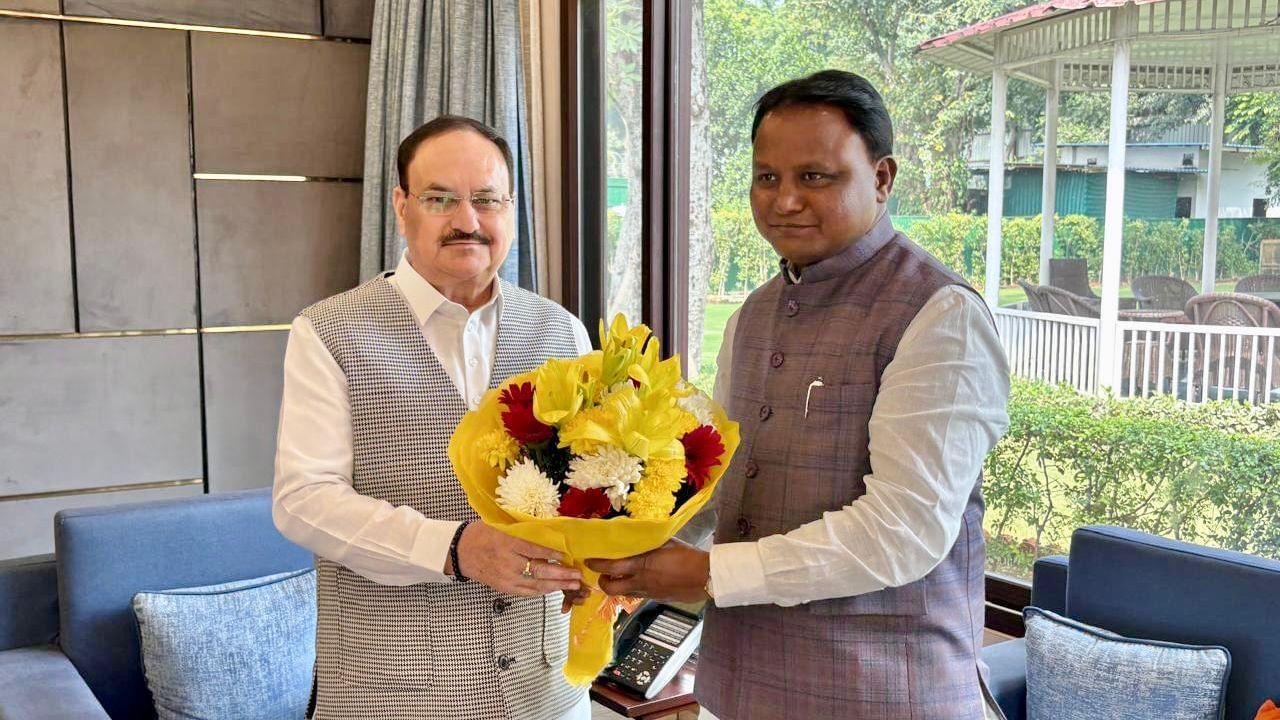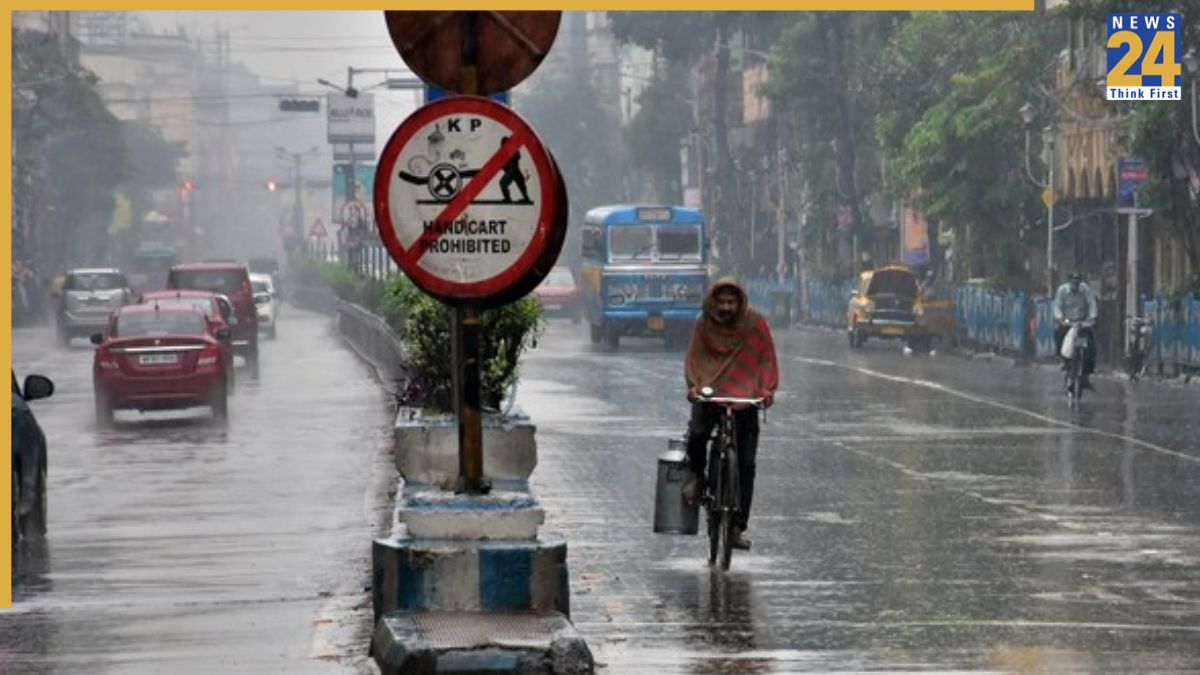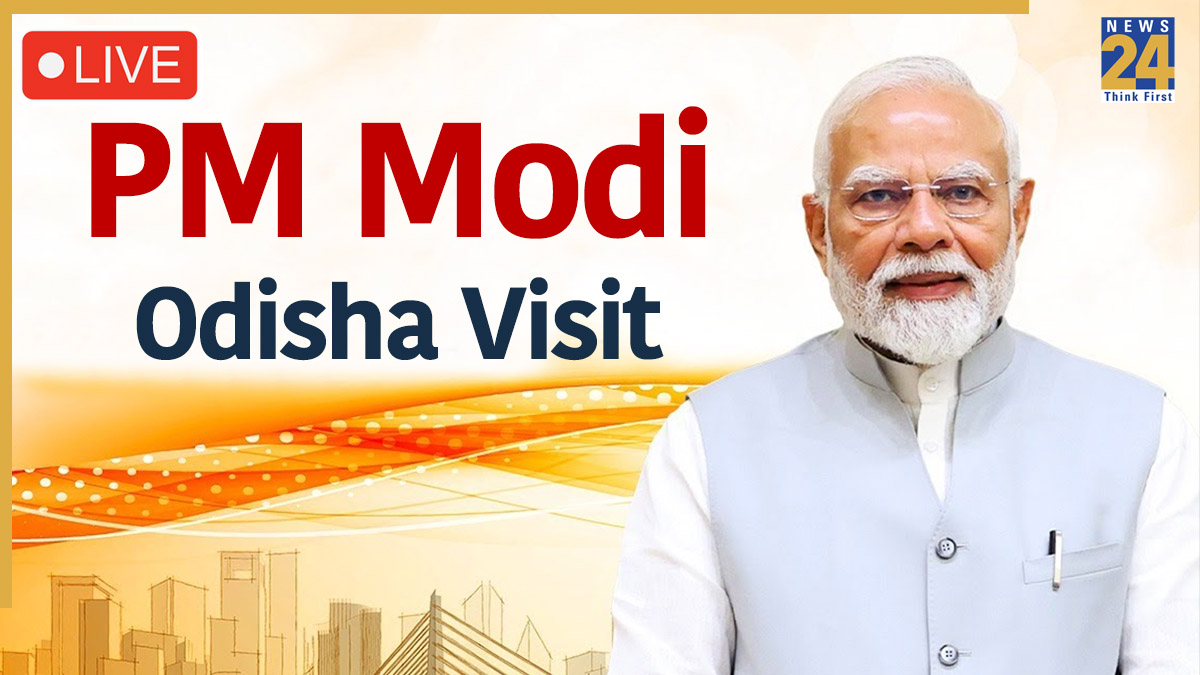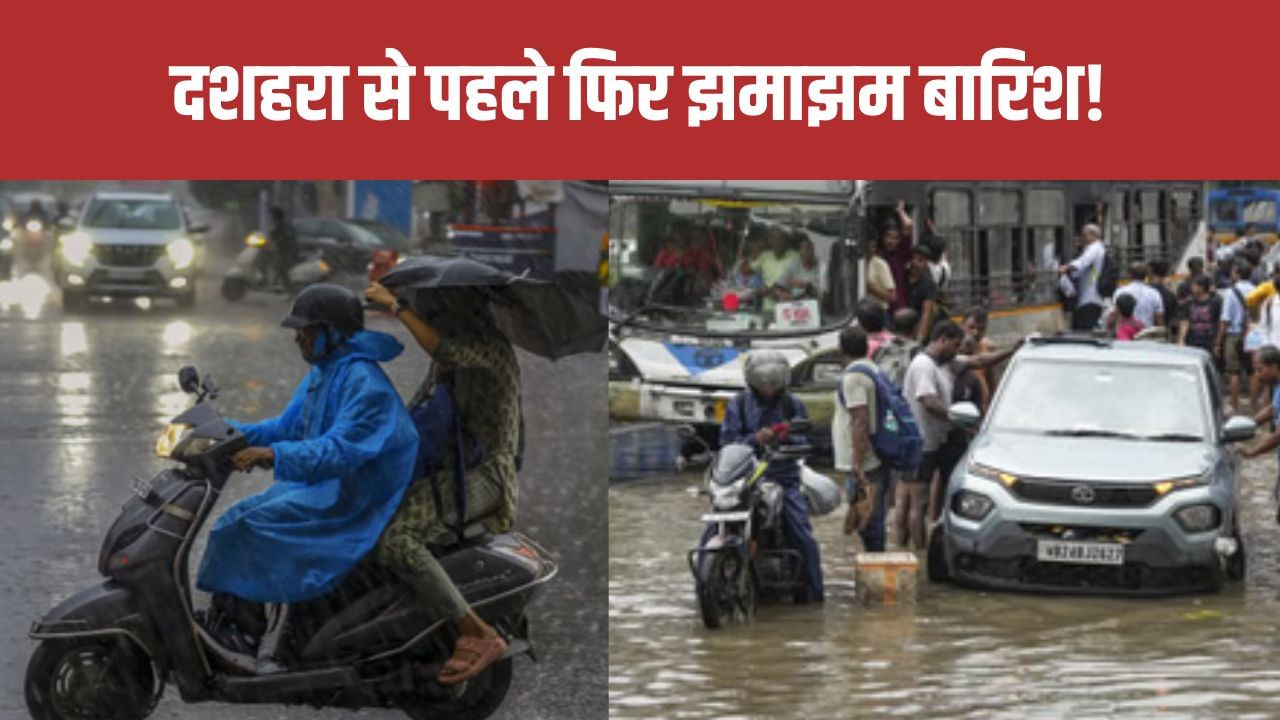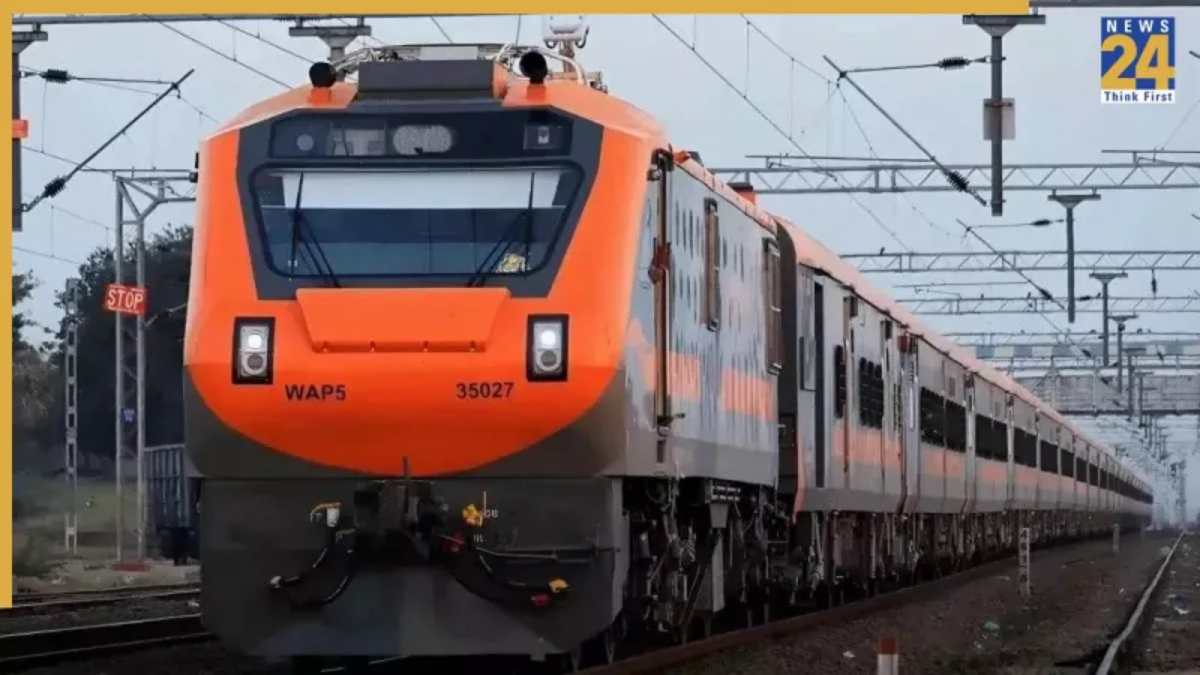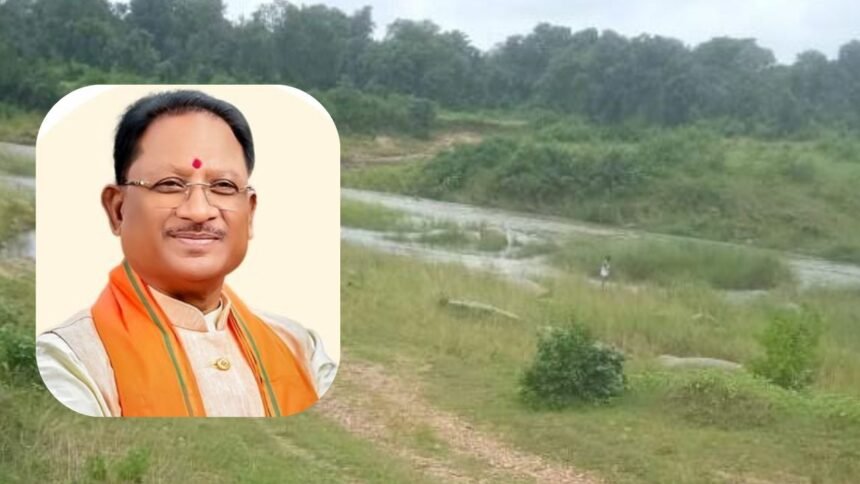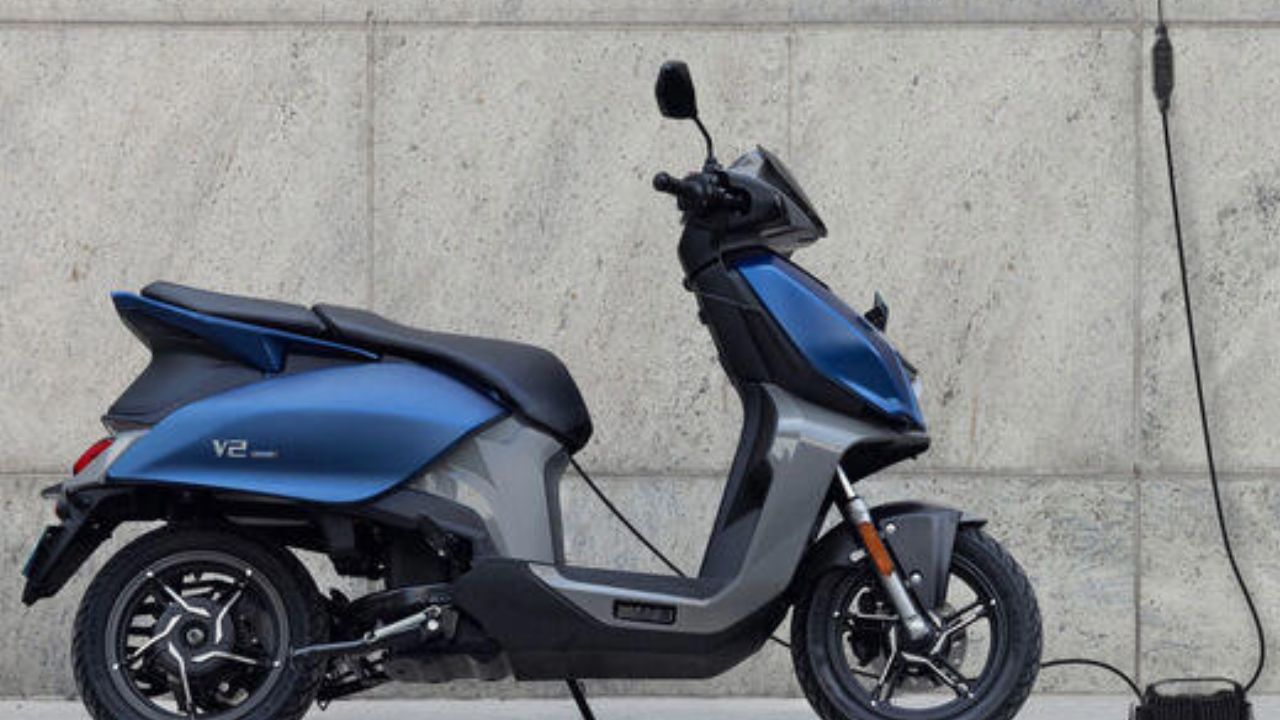Subscribe to Updates
Get the latest creative news from FooBar about art, design and business.
Browsing: Odisha
A severe cyclonic storm, named Montha, is intensifying in the Bay of Bengal, prompting the India Meteorological Department (IMD) to issue a…
A significant cyclonic storm, named ‘Montha’, is rapidly developing over the Bay of Bengal, prompting high alert notifications for the coastal regions…
The Bharatiya Janata Party (BJP) has revealed its candidates for the upcoming assembly by-elections scheduled for November. Key nominations include Aga Syed…
Cuttack, Odisha, is under a 36-hour curfew and faces an internet ban following a series of violent incidents. The measures, effective from…
Odisha Chief Minister Mohan Charan Majhi met with BJP National President JP Nadda in Delhi on Saturday. The meeting focused on the…
Several states, including Karnataka, West Bengal, Jharkhand, and Odisha, are preparing for significant rainfall on Thursday, October 2, 2025. The India Meteorological…
Breaking: Three Naxalites Killed in Kanker-Dhamtari-Odisha Border Encounter, Bodies Recovered
In a significant development, an encounter between police forces and Naxalites has resulted in the deaths of three Naxalites along the Kanker-Dhamtari-Odisha…
Prime Minister Narendra Modi inaugurated over ₹60,000 crore worth of development projects in Jharsuguda, Odisha. This included the launch of BSNL’s indigenous…
Prime Minister Narendra Modi is scheduled to visit Odisha on September 27, 2025. The visit includes a public address at the Amlipali…
Prime Minister Narendra Modi is scheduled to visit Odisha on Saturday. During his visit, PM Modi will flag off the Amrit Bharat…
The monsoon season is nearing its end across several regions of the country. However, the India Meteorological Department (IMD) anticipates significant rainfall…
New Amrit Bharat Express to Connect Odisha and Gujarat: Route, Features, and Anticipated Launch
A new Amrit Bharat Express train is set to enhance travel between Odisha and Gujarat, promising a smoother and faster journey for…
A high-level bridge and approach road will be constructed on the Kokia River, situated on the Bhalumunda to Kejurgarh route in Jashpur…
High-Level Bridge to be Built on Kokia River at a Cost of 3.32 Crores, Residents Express Gratitude
A high-level bridge and approach road will be constructed on the Kokia River on the Bhalumunda to Khejurgat road in Jashpur district,…
The Odisha government has decided to increase the subsidy for registering electric two-wheelers in the state from ₹20,000 to ₹30,000. This decision…
Ashwini Kumar Panda, the Tehsildar of Bamra in Sambalpur, Odisha, was apprehended by the Anti-Corruption Department (Vigilance) team on Friday while accepting…


